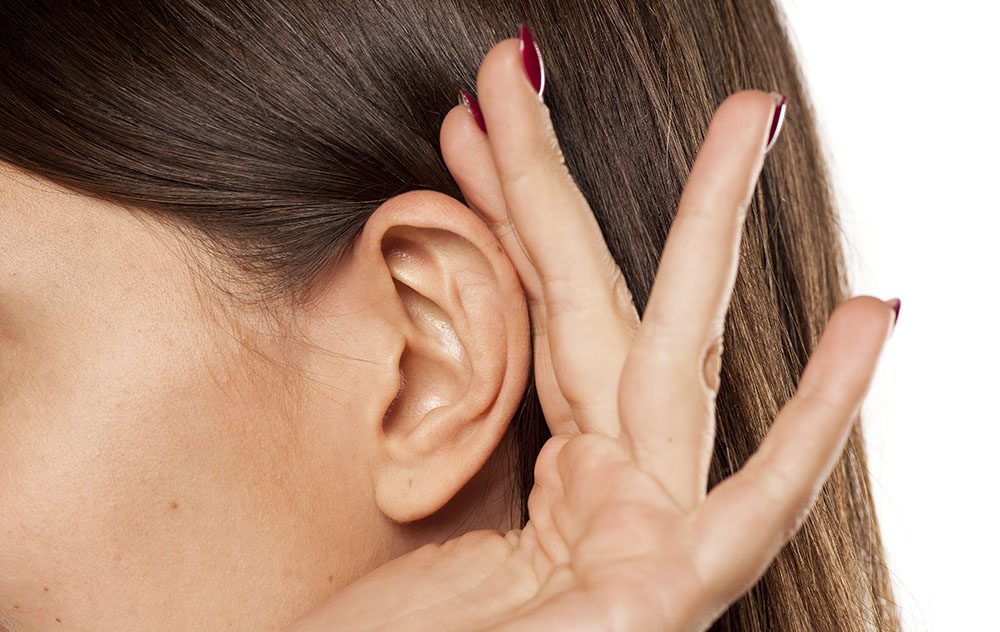Over-the-Counter (OTC) Hearing Aids
In 2017, the Food and Drug Administration (FDA) released its proposal to


In 2017, the Food and Drug Administration (FDA) released its proposal to

Ear Wax is a common occurrence for healthy ears. The presence of some

Tinnitus is the perception of a sound that has no external source. Some of